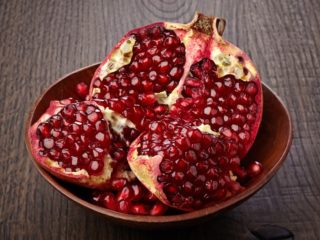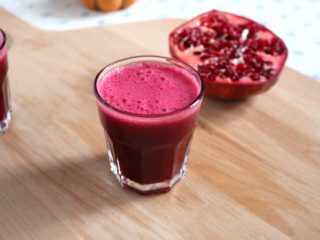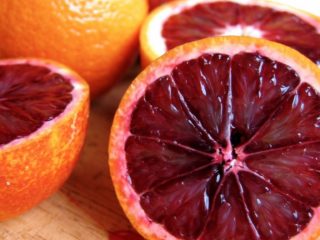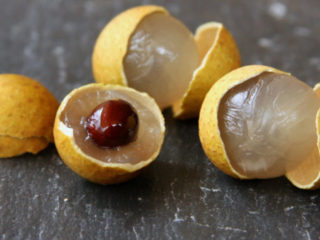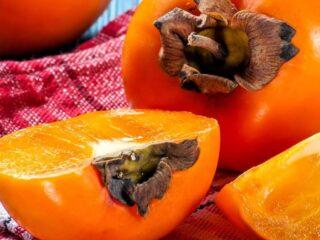Content
Modern gourmets are trying to diversify their diet with exotic fruits. Guava fruits, which have a unique taste, are becoming increasingly popular. For many buyers, it is especially significant that their benefits for the human body are confirmed by scientific research. But few people know that guava fruit can be grown at home.
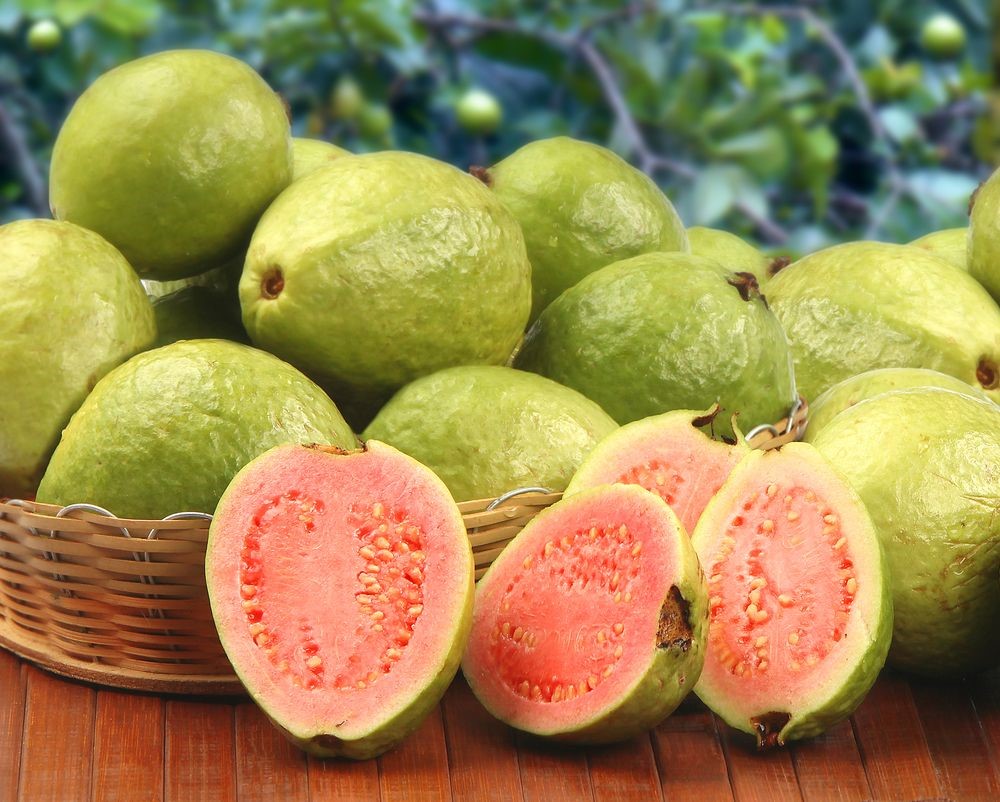
Guava is often called a “tropical apple” for its resemblance to the common fruit.
Description of Guava Fruit
Psidium guava (guava psidium) is an evergreen fruit tree of the Myrtaceae family. The plant was first discovered in Peru. From South America, the culture spread to countries located mainly in the tropical zone.
Typically the tree does not exceed 4 m in height, but some species reach 20 m.The plant has characteristic features: a thin trunk, branches elongated to the side, long oval leaves.
What does a guava fruit look like?
The fruit tree blooms 1-2 times a year. After a few months, lumpy fruits form on the branches. There are many varieties of exotic culture. Guava fruits differ in size and shape depending on the variety, which is clearly visible in the photo.

In some varieties the skin color may be burgundy or yellow
Most often, the fruits are round and pear-shaped, but there are also zucchini-like fruits. In addition, the fruits differ in taste and color (from light green to dark green).
The fruit pulp is loose and loose. The color of the internal contents is different: cream, pink, red, yellow, crimson. Usually there are many small seeds inside the fruit, but in some varieties they are completely absent.
Taste and smell of guava
The aroma of ripe fruits of the crop is subtle, distinctly fruity. The taste of exotics is sweet or sweet-sour, depending on the variety. Tropical fruits can have notes of strawberry, raspberry, pineapple, and pine. The rather dense peel is edible, but slightly bitter.
Composition and calorie content of guava
The high fiber content explains why eating guava makes you feel full quickly. In addition, after such a snack, the feeling of hunger does not arise again soon. And this despite the fact that the calorie content of the fruit is low - 68 kcal.
Thanks to these qualities, guava fruit can be used in dietary nutrition. The natural product replaces breakfast, afternoon snack or late dinner. In addition, the piquant taste of the fruit can overcome the craving for sweets, and the rich set of vitamins and minerals fully compensates for the deficiency of nutrients.
Experts recommend using a natural product on fasting days.Another way to lose weight is mini-diets for 2-3 days, which many people resort to before important events. By eating one product, you can easily lose 1-2 kg within the specified time without harming the body. The calorie content of dried slices is twice as high, so they are not suitable for dietary nutrition.
Varieties and types of guava
There are several natural species of guava and many cultivated varieties. It is difficult to distinguish crops from trees, since they are similar in appearance. The easiest way to determine the variety of fruit is by the fruit.
Strawberry
Strawberry guava has a distinct berry flavor. The flesh of red fruits is white, closer to the skin it is slightly pinkish.
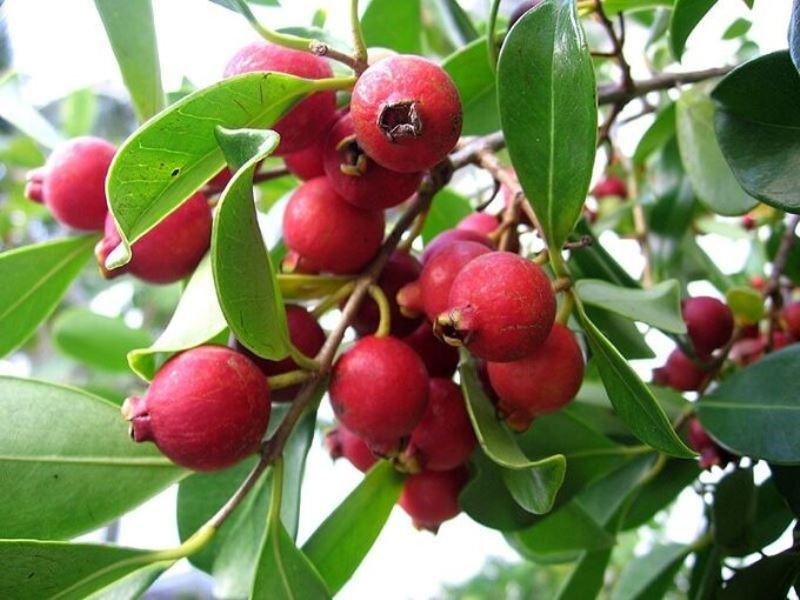
Strawberry guava fruits are round and small in size - up to 2.5-4 cm in diameter
Thai guava
At the ripening stage, Thai guava has a green skin and the inside of the fruit is white. Ripe fruits turn slightly yellow on the outside, while the flesh becomes rosy pink.
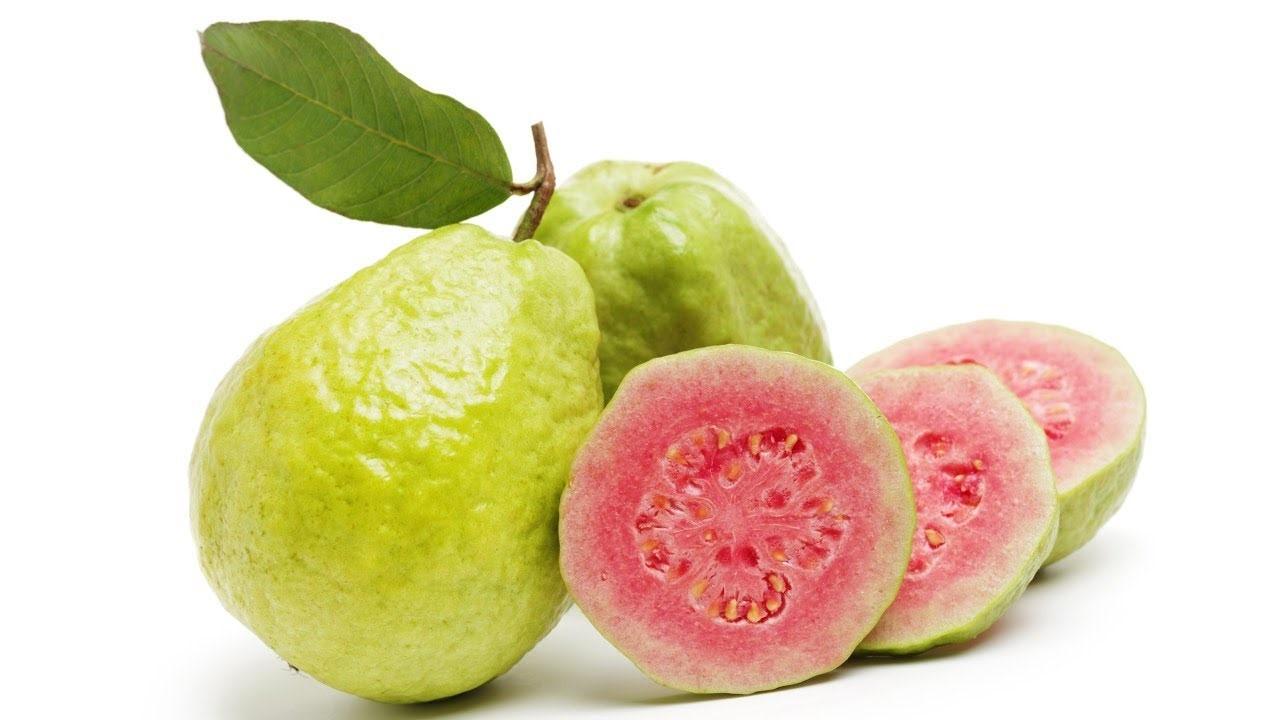
Thai guava has a sweet and delicate taste, its seeds are easily separated from the pulp
Red Malaysian
The Red Malaysian variety looks very impressive: scarlet leaves and fruits. During flowering, the crown of the tree is completely covered with bright pink buds.
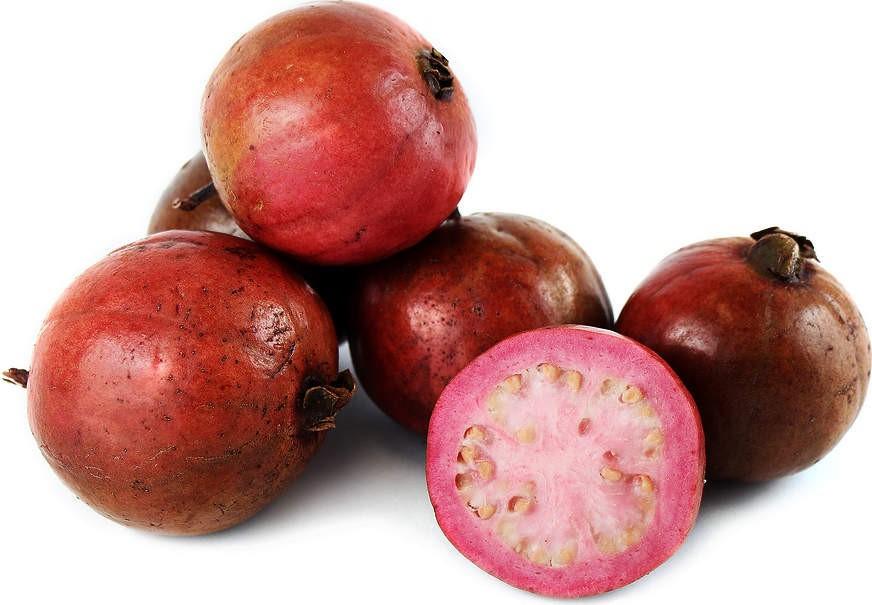
Red Malaysian guava is not only tasty, the plant is a spectacular landscape element
Mexican cream
Fruits of the Mexican Cream variety contain whitish-yellow pulp with a creamy taste. They are ripe, sweet, and exude a pleasant aroma.
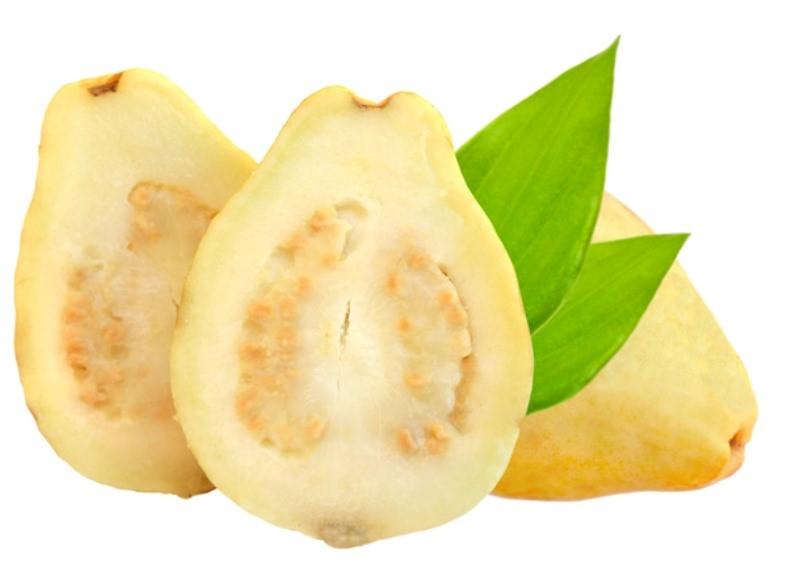
The Mexican Cream variety can be identified by the yellowish skin of the fruit and light-colored pulp.
Redland
The Redland variety has a delicate creamy taste.The size of large fruits reaches 10 cm, they are recommended for consumption by allergy sufferers.
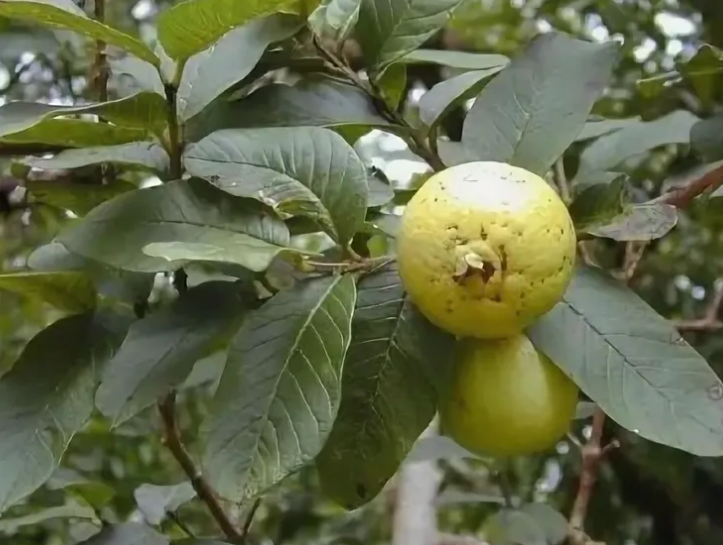
Redland is a semi-dwarf tree, the size of which gardeners control by trimming the growing points
White Indian
White Indian is a California hybrid suitable for cultivation in dry climates. The tree does not need additional spraying.
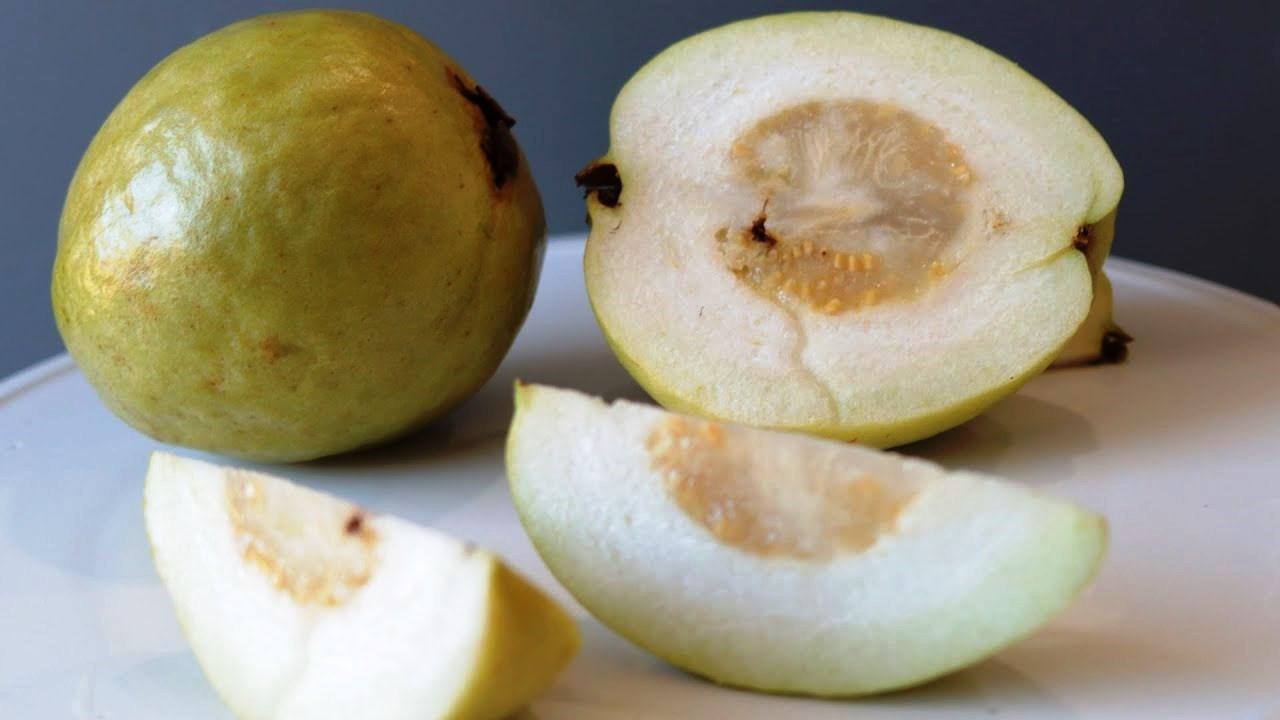
The White Indian variety is quite resistant to drought and frost, characteristic of a continental climate.
Where does guava grow?
Selected varieties of the guava fruit are mainly grown in countries with mild climates. At the same time, some hybrids feel good in the temperate natural zone (in the UK, Scandinavian countries). Russia has successful experience in growing exotic crops in open ground conditions on the Black Sea coast, in the regions of the Non-Black Earth Region and the North Caucasus.
How to eat guava correctly
Guava can be eaten with or without the skin. The tropical fruit is cut into slices or pieces, the slices are taken from the dish with your hands or strung on skewers. Salt and pepper are added to the pulp of some varieties and spread on slices of bread. Sandwiches are great with meat, fish, and vegetable dishes.
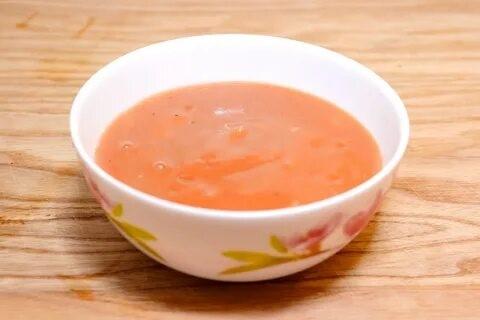
Guava sauce perfectly complements the kebab, adding a spicy, sweetish note to the taste of the meat.
Can you eat guava seeds?
The seeds contained in the fruit are edible and are eaten. The grains contain concentrated microelements and are considered an excellent scrub for the digestive system.Doctors warn that you should not bite hard bones, as you can damage tooth enamel. If desired, the seeds are removed during eating.
What are the benefits of guava for the body?
The benefits of guava for the human body are great. Fruits contain many vitamins. The fruits are also rich in a complex of microelements. Thus, vitamin C is available in much larger quantities than in oranges and lemons. The pulp contains valuable minerals:
- manganese;
- magnesium;
- potassium;
- zinc;
- iron;
- phosphorus.
In addition, guava fruits are rich in dietary fiber, due to which their consumption has the best effect on intestinal motility. The fruit contains a lot of protein and sucrose, making it twice as nutritious as apples. The fruits also contain:
- essential oils;
- fatty acid;
- carotenoids;
- flavonoids;
- alkaloids;
- tannins.
The special aroma of the fruit is due to the presence of carbonyl compounds. A set of natural substances makes guava very beneficial for the body. Regular inclusion of fruits in the diet helps:
- cell renewal;
- increasing immunity;
- restoration of microflora in the digestive system;
- activation of hematopoiesis, strengthening the walls of blood vessels;
- increasing mental activity;
- restoration of thyroid function, normalization of hormonal levels;
- clearing the respiratory tract from harmful accumulations.
Frequent consumption of guava makes the skin elastic and firm, as the substances contained in the fruit are involved in the production of collagen. The positive cosmetic effect is enhanced by the fact that fiber helps remove harmful toxins from the intestines.
Guava is especially useful for women during pregnancy.Folic acid contained in fruits has a beneficial effect on the baby's body. Doctors recommend eating fruit as often as possible if there are no signs of intolerance.
Application
Guava is widely used in cooking, home cosmetology, and folk medicine. In recent years, the fruit has begun to be used in industrial production to produce masks, creams, and lotions.
In cooking
Guava fruits are often consumed fresh. You can also make juice, jelly, pastille, and jam from them. The pulp of the fruit is added to salads, baked goods, and desserts. Recently, low-calorie smoothies made from assorted vegetables, fruits and herbs have become especially popular. The tropical fruit can be pickled when it reaches the readiness stage, and added to meat and fish dishes.
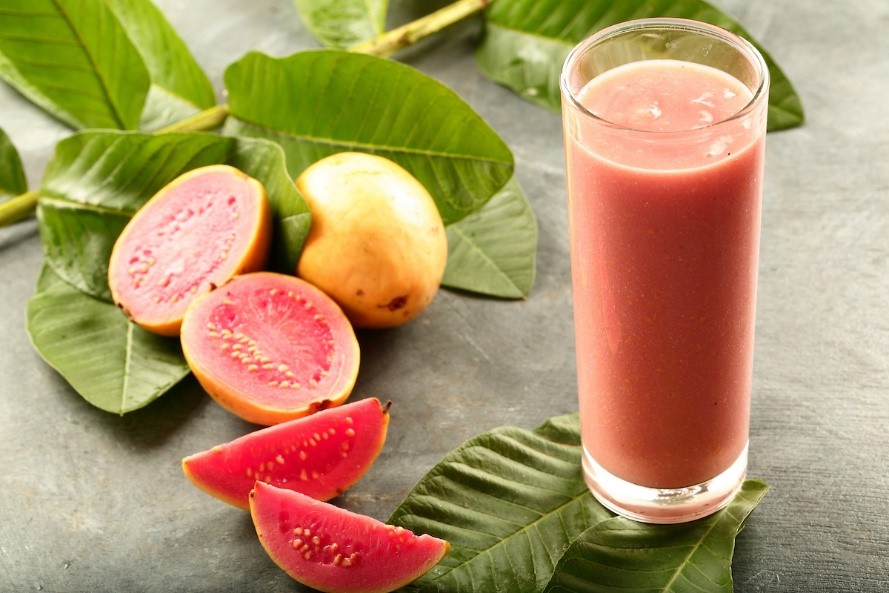
Freshly squeezed guava nectar, to which milk is added, is a healthy and tasty drink
In cosmetology
The tropical fruit is used in cosmetology to make masks. The substances included in the composition have a rejuvenating effect, smooth out wrinkles, and increase turgor. Fruit extract and seed oil are added to creams, tonic lotions, and peeling compositions. The elements contained in the pulp affect the condition of the skin, evening out the tone and eliminating hyperpigmentation.
Antibacterial substances in plant tissue help eliminate inflammatory processes in the epidermis during allergies, dermatological diseases, and teenage acne. Leaf extracts are used to treat wounds of various etiologies.
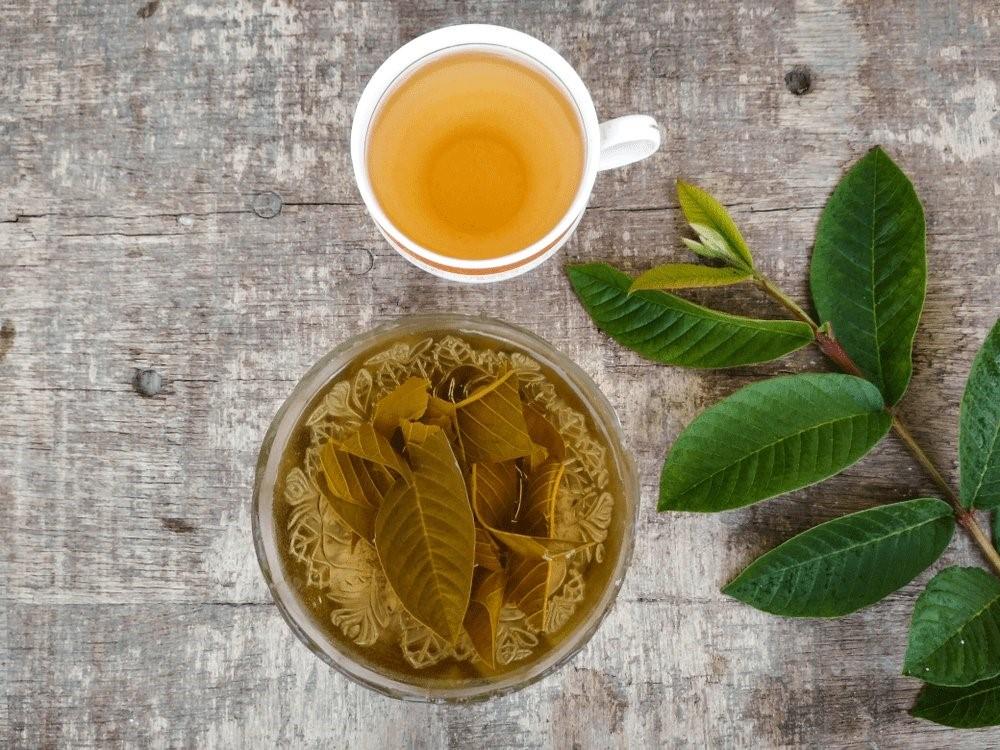
Tea made from dried guava leaves is an excellent remedy for the prevention of colds.
In medicine
Guava is widely used in folk medicine. It is recommended to drink tea from the leaves for intestinal upset, menstrual irregularities, and dizziness. The decoction is used for diseases of the oral cavity and inflammatory processes in the respiratory tract. Leaf extract is recommended for diseases of the nervous system, including epilepsy.
Important! A decoction of guava leaves and bark is recommended to be given to women in labor in cases where the placenta is poorly separated.
How to choose ripe guava
As already noted, the fruits of different varieties of guava differ in many ways. Therefore, it is not possible to determine the ripeness of the fruit by color. When choosing a fruit, you must follow the rules.
- The fruits should be inspected for stains and damage. These signs indicate damage to the product.
- You need to press on the surface. The ripe fruit is hard and elastic, but its skin is slightly pressed through.
- If the peel is wrinkled, this means that the product has lost its freshness due to long-term storage.
Ripe fruits cut into pieces emit a bright fruity aroma. The pulp of ripe guava is loose, reminiscent in structure of watermelon. Unripe fruits have a sour taste. If the unripe fruit is left on the table, then in a few days it will reach the desired state. In the refrigerator, the whole product is stored without loss of consumer qualities for up to three weeks.
Growing guava from seeds at home
If you wish, you can grow guava at home. The process includes a series of sequential actions.
- The fruit seeds are placed in a wet cotton cloth and left wrapped for four hours.
- Distribute several grains over the ground in a container and cover with a 0.5 cm layer of soil.
- Seedlings are watered with settled water.
- The pot is left in a warm place with good lighting, covered with film or glass.
10-15 days after sowing, the first shoots of the tropical fruit appear. Growing guava from seeds is not difficult, but you need to know that even when comfortable conditions are created, the plant does not always bloom and bear fruit.
If you want to grow an exotic crop on your personal plot, it is better to purchase ready-made grafted seedlings from a nursery. With good care of the plant, guava at home begins to bear fruit the very next year; the photo shows what a young tree planted in the garden looks like.
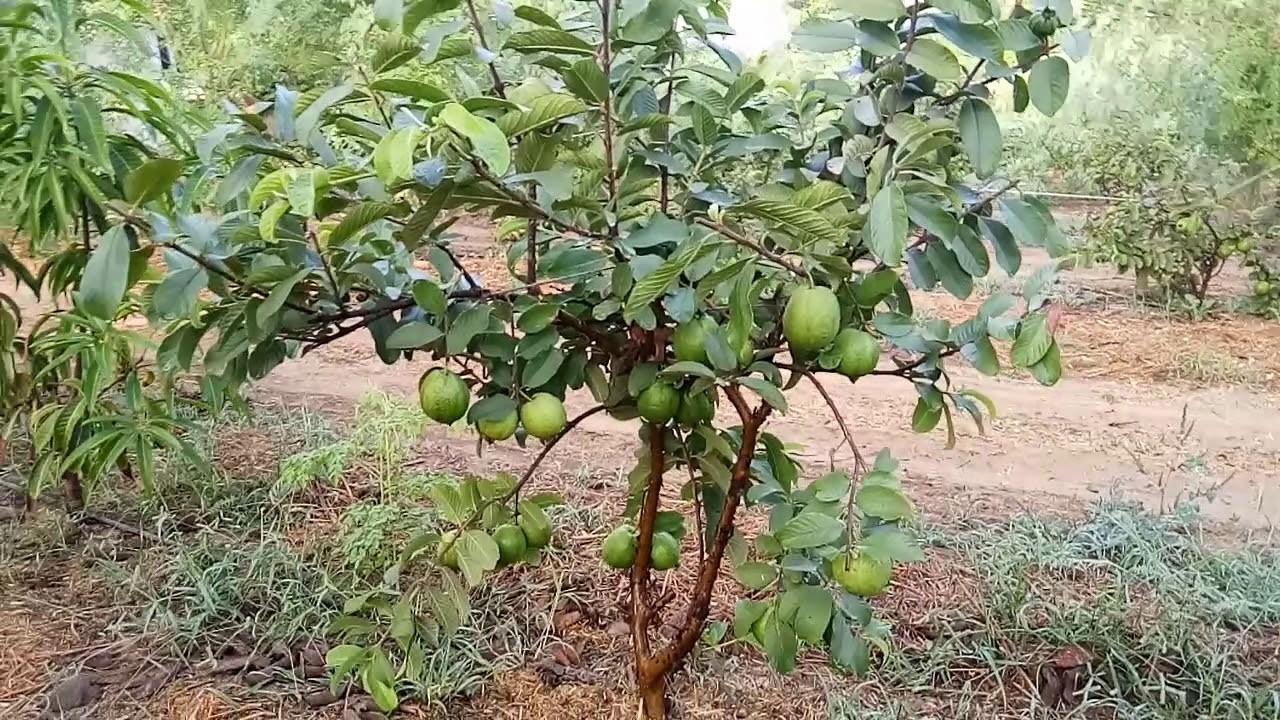
In favorable conditions, a tree grown in a personal plot can produce up to 100 kg of fruit
Conclusion
Nutritionists are confident that the guava fruit is very beneficial for the body, so it is advisable to include tropical fruits more often in the diet. It is especially important for children and pregnant women to eat tasty treats. Owners who are passionate about indoor plants successfully breed heat-loving exotics at home, and amateur gardeners can try to grow seedlings of the crop in their garden plot.
Guava reviews
